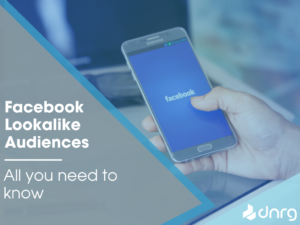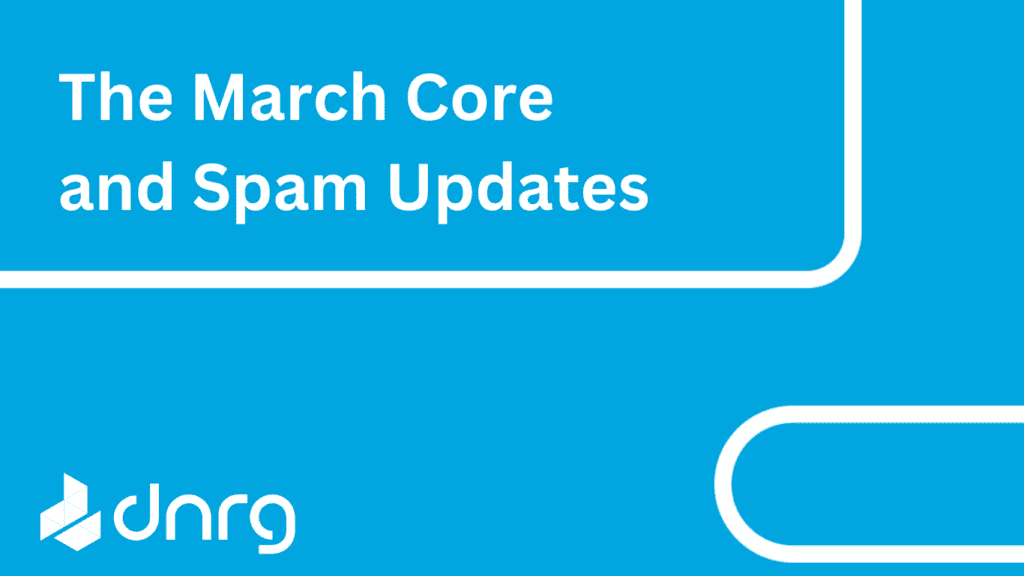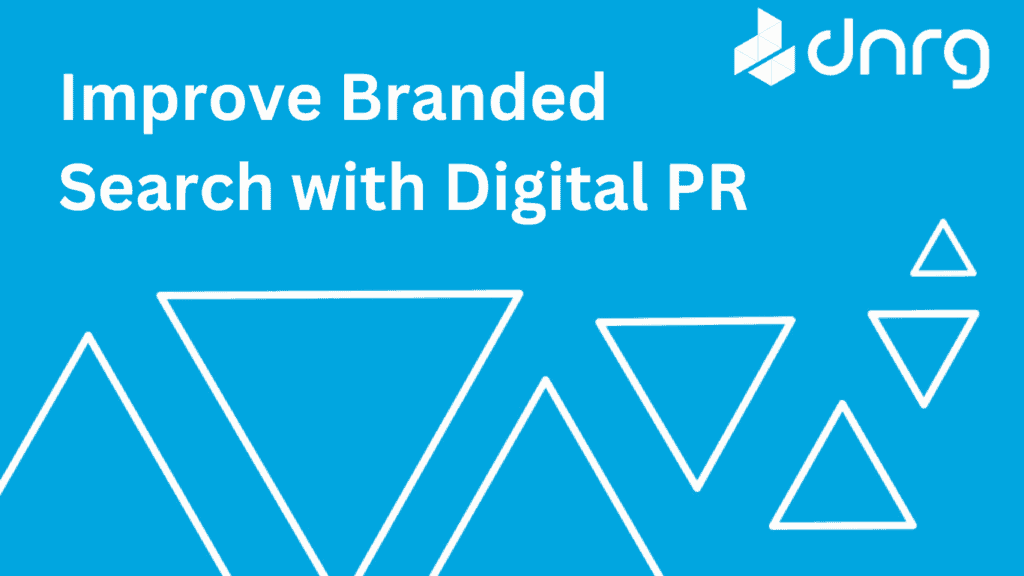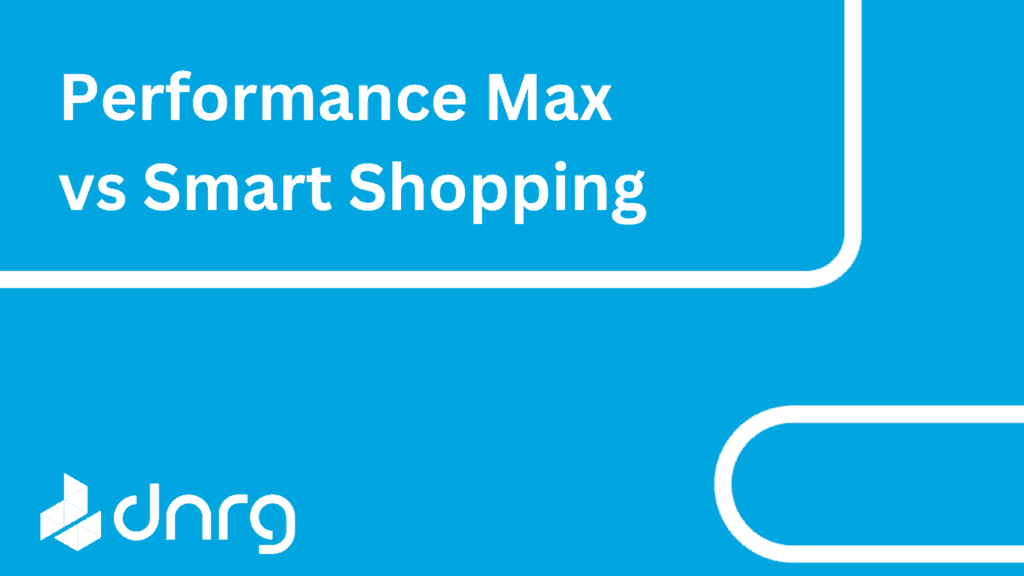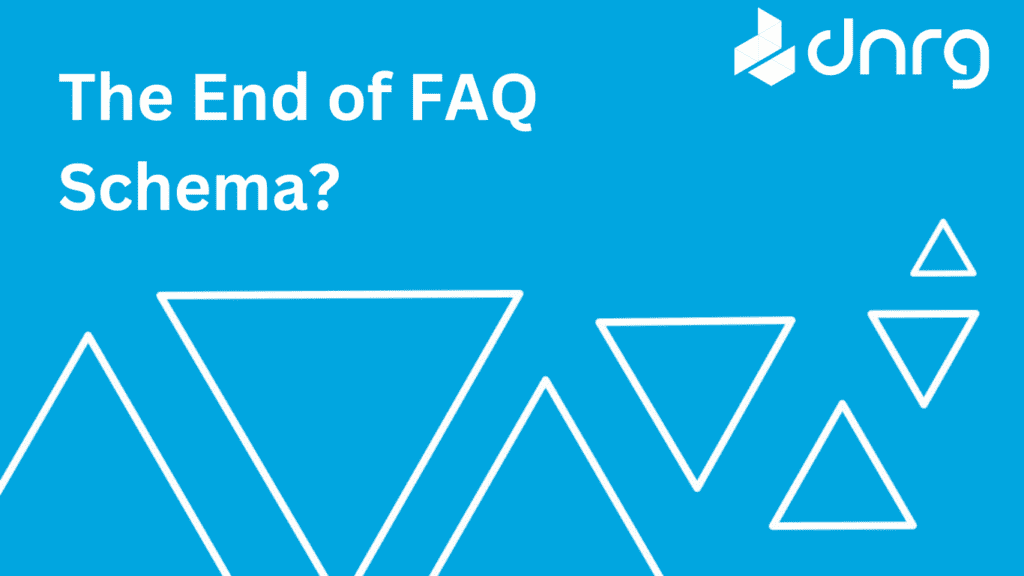On social media, there are hundreds, thousands, millions and even billions of people you could potentially reach with your messages from paid advertising. However, to ensure you’re not wasting your valuable marketing budget, you have to make sure you’re targeting the relevant people, otherwise, you’re spending money trying to reach people who would likely never be interested in your products or services. By doing this, it’s possible to reduce your cost per lead (CPL) significantly, and all you need to hand in is your existing customer data.
So how can this be achieved? It’s through utilising Facebook lookalike audiences.
What is a Facebook Lookalike Audience?
A Facebook lookalike audience is a way of helping your ads to reach new users that are highly likely to be interested in your business and what you have to offer them.
We know this because a lookalike audience will share similar characteristics to your existing customers or other core audiences i.e. website visitors, previous customers and Facebook followers. By focused targeting, it means you can be more confident your chosen audience will be more interested in what you have to offer.
Basically, it’s like this:

How Do I Create a Facebook Lookalike Audience?
To create an effective lookalike audience, you will first need a core or source audience. This can include (but is not limited to): website visitors, existing customer data, newsletter sign-ups, and existing sales data. It means you can create a lookalike audience from an email list or a range of other data sources.
The larger your source audience is, the higher the volume of data you will initially have, providing you with a more accurate picture of the audience you’re trying to replicate. Facebook recommends at least 100 people, but again, the larger the source audience the easier it will be for Facebook to connect the dots and help you reach new users you previously wouldn’t have been able to reach.
Once you’ve prepared your source audience, it’s time to create your lookalike audience through the lookalike audience builder. Facebook is able to create this by leveraging the information contained in your source audience. It will analyse the behaviours, interests & demographics of this audience and then find new users who share similar qualities.
Now your lookalike audience is built, but you’re not quite finished. You need to decide what percentage range your new audience will be set at to gauge similarity and to set your lookalike audience size. Typically, most lookalike audiences are set between 1-3%. Smaller percentages will be a closer match to your source audience, but larger percentages will create a bigger, broader audience.
With enough data and details about your current audience and your targeted audience, you are able to create a super lookalike audience, which combines both a close source audience match whilst also having a bigger audience. It means you can be granular whilst also having a good-sized list of prospects.
Why are Facebook lookalikes important?
There are over 48 million Facebook users in the UK alone! Remarketing is an essential part of any marketing strategy, as it’s vitally important to re-engage with your potential customers. But prospecting is equally as important, and by using lookalike marketing you’re adopting a remarketing approach to find new leads.
Given the sheer volume of people who use Facebook every day, you’re likely missing out on a huge opportunity to find & target new customers if you don’t use lookalike audiences. A lookalike audience can help you find these people.
A lookalike audience allows you to find new users who share common traits and behaviours with your existing customers. There are users on Facebook right now who are interested in your business, they just don’t yet know that you exist.
On top of this, you can test the effectiveness of various lookalike audiences from multiple source audiences. This allows you to learn which audiences are most valuable to you and your business, allowing you to refine your approach when building future lookalike audiences but also knowing where to target through your other marketing channels going forward.
It’s time for you to start utilising Facebook’s vast database to find your new customers.
Results from a Lookalike Campaign
The reason why we use Facebook lookalike campaigns is simple, they work. Below are the results for a client of ours who specialises in home improvements across South Wales. The following results are from three months of Facebook activity, driven by lookalike audiences alone.
These audiences are incredibly effective and the chances are that you already have the relevant audience and customer data available to you, it’s just not being used to its full potential for market targeting.
Facebook Lookalike Audiences at DNRG
At DNRG, we’re constantly finding new ways to leverage these audiences and testing them to measure their effectiveness. So now you know the possibilities lookalike audiences can offer you, it might be time to consider how they could fit into your marketing strategy.
If you’d like to find out more about Facebook advertising & lookalike audiences, get in touch with our Paid Social team and we’d be happy to talk you through this.
DNRG offers a range of different digital marketing offerings to allow you to have a comprehensive online marketing strategy, including SEO, PPC, email marketing, CRO and web design.
